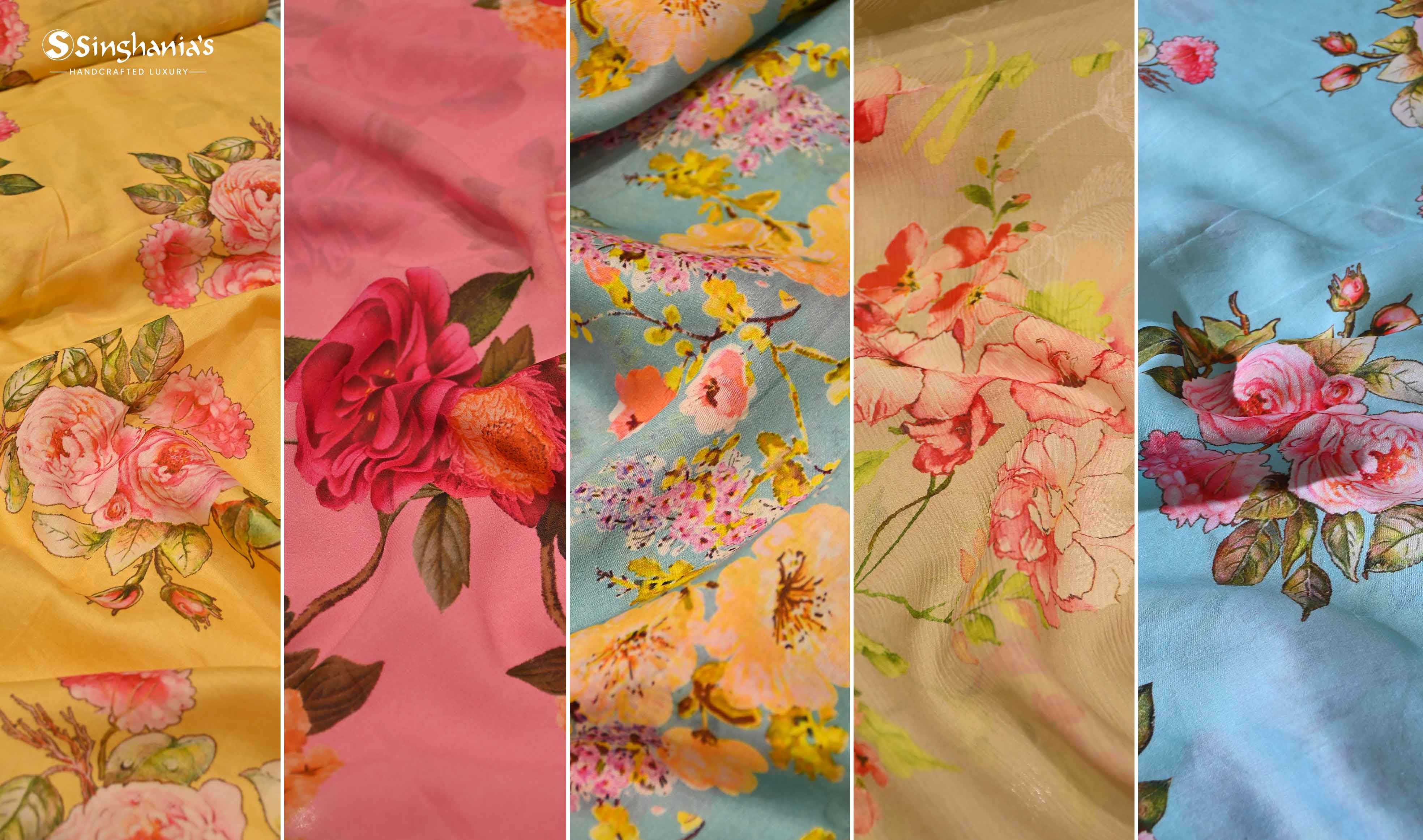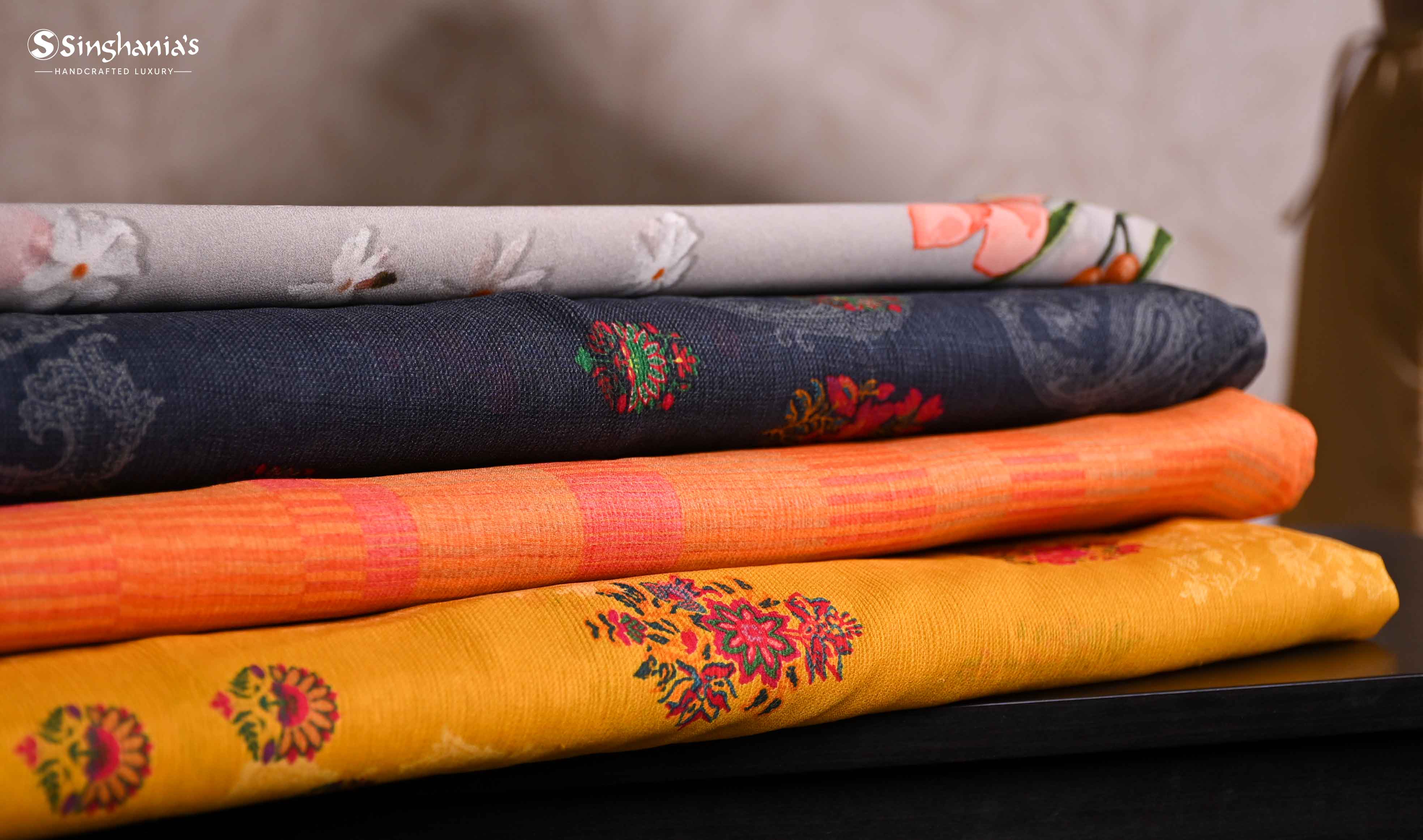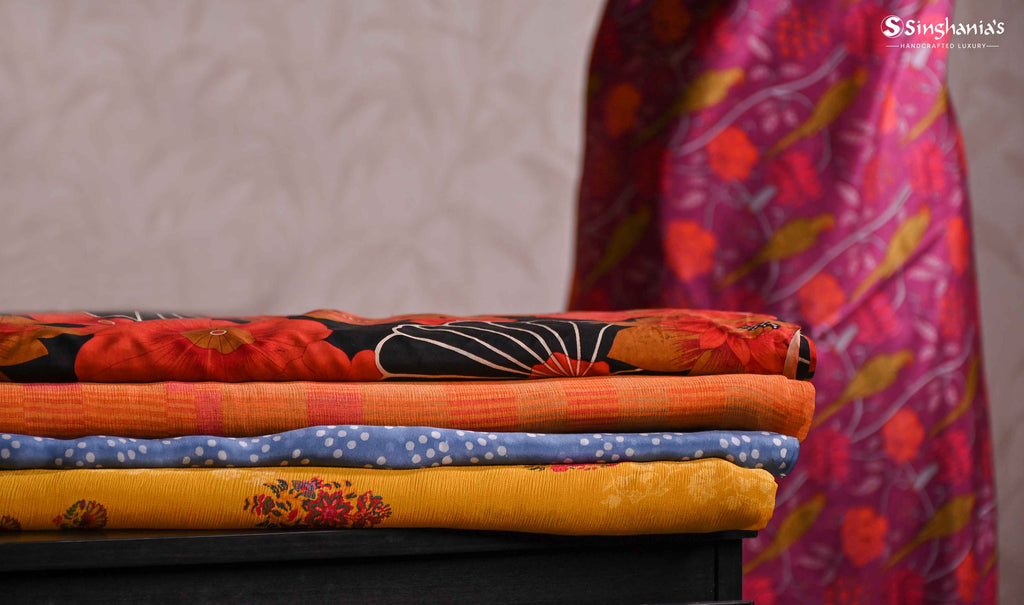
As a fashion enthusiast, you might have come across the two fabrics - chiffon and silk. Since times gone by, chiffon and silk have been used extensively in clothing. Both materials are well-liked choices for a variety of clothing items, including dresses, blouses, and sarees. They are both identified for their lightweight texture and rich feel. The durability and craftsmanship of your apparel can be considerably influenced by the significant distinctions between the two textiles. In this post, we'll look at the key differences between chiffon and silk to help you decide which material best suits your preferences and requirements.
What Exactly is the Difference Between Chiffon and Silk?
Silk, as well as chiffon fabric, are both airy, sensitive fabrics that are lightweight. The two materials do differ from one another in several ways, though. Chiffon has a sheer and translucent look and is created from a combination of silk, cotton, and artificial fibres. Silk, on the other hand, has a soft and silky feel and originated from the protein-packed fibres of the silkworm. In addition, silk costs more than chiffon because of its great demand and scarcity.
The Benefits of Chiffon Fabric
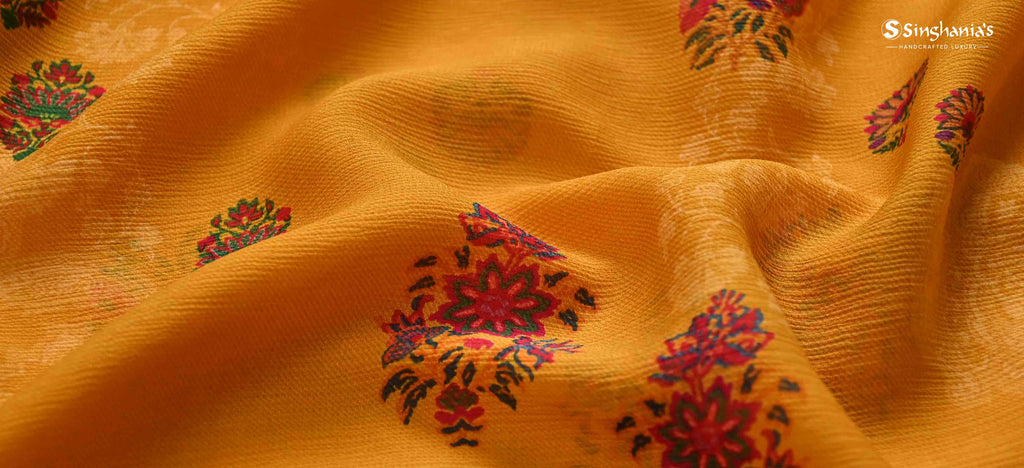
Due to its airy and light look and feel, chiffon is a preferred fabric for summer wear. Given the fabric's exceptional airflow, it is ideal for summertime outdoor events. Additionally, chiffon is incredibly adaptable and may be used to make a variety of apparel items, including skirts, dresses, and blouses. Silk Chiffon fabric has numerous additional advantages which include the following:
- Soft, delicate weave that feels satisfying on the skin;
- Sheer, shimmering looks that lend a touch of femininity to any ensemble; and
- It is cheap and readily accessible, which makes it a popular option among fashion fans.
The Benefits of Silk Fabric

Raw silk fabric is a pricey material that screams class and sophistication. The fabric has a smooth, flexible texture that is quite comfy when touched to the skin. Furthermore, silk is quite adjustable and can be used to make a variety of clothing items, namely sarees, gowns, and blouses. Additional advantages of silk clothing include:
- Exceptionally strong and long-lasting due to the durability of its protein fibres
- Against the skin, the feel is soft and pleasant.
- It is ideal for persons with sensitive skin because it is highly breathable and hypoallergenic.
Comparing the Durability of Chiffon vs. Silk

In comparison to silk, which is recognized for its strength and durability, chiffon is delicate and light. One of the world's toughest natural fibres, raw silk fabric is also very resilient to tearing and breaking. Aside from that, silk garments can last for years with the right upkeep. Contrarily, chiffon is a delicate fabric that is easily torn and harmed. In order for them to look best for a long time, chiffon clothing items need special cleaning and maintenance.

Comparing the Cost and Maintenance Involved in Both Fabrics:

Silk typically costs more than chiffon because of its superior quality and long lifespan. The kind, texture, and brand of silk can all affect the price of silk garments. Contrarily, chiffon is more widely accessible and reasonably priced, making it a popular option for casual clothing. Chiffon does not require nearly as much attention as silk does. Silk clothing should be dry cleaned to maintain its quality, and it should be maintained carefully to avoid damage. On the other hand, chiffon is simpler to maintain. It is a more practical option for daily wear because it can be machine-washed on a mild cycle.
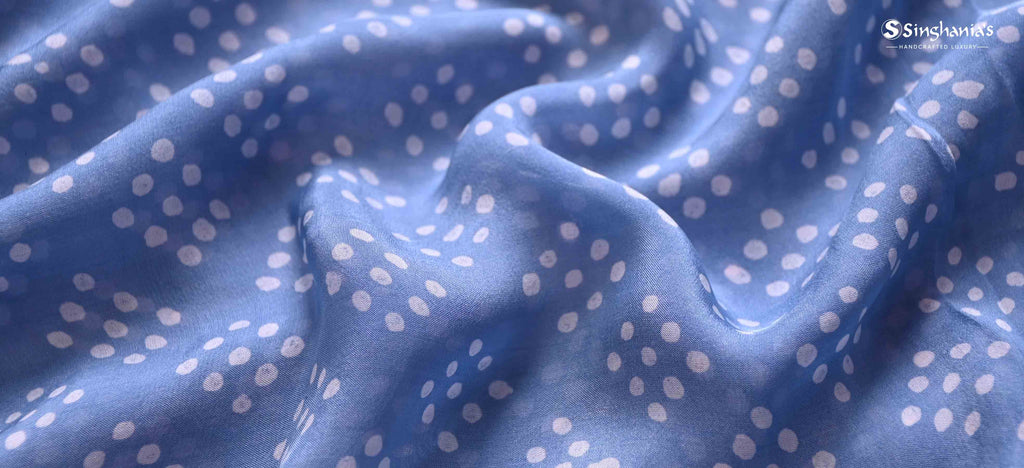
Conclusion : Which is Better – Chiffon or Silk?
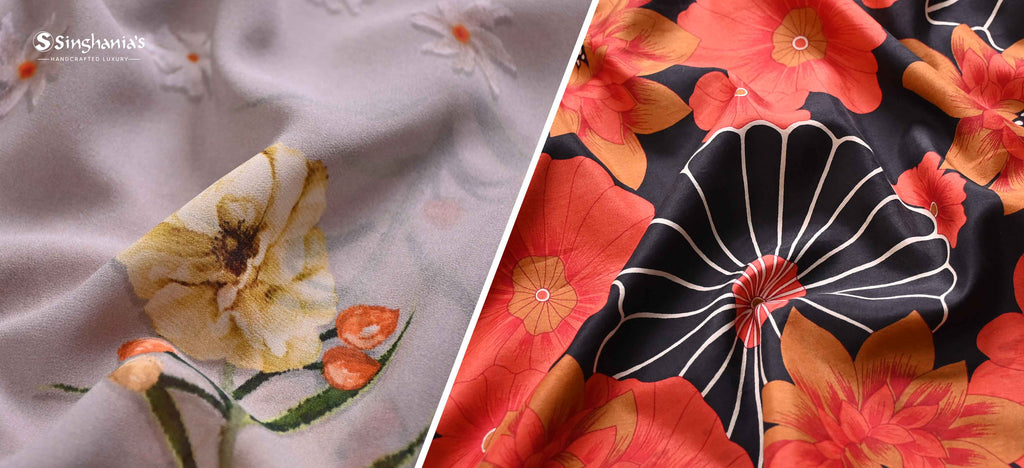
Which fabric is better, chiffon or silk? The solution to this issue essentially depends on your demands, interests, and fashion choices. Chiffon will be a great option for sunny events owing to its lightweight and airy quality, whereas silk is a timeless favourite that exudes elegant elegance. Your decision is ultimately dependent on you. For you to choose which fabric is best for your style requirements, we hope that this article has made the key differences between chiffon and silk clear.
Our extensive selection at FabricBySinghanias includes silk and chiffon fabric options, meant to be designed and flaunted. Be creative and express your inner diva by getting inspiration for an opulent and sophisticated style.
Fabric By Singhania's aids in the creation of clothing that women adore and enjoy wearing. We warmly invite you to choose from our wholesale fabric online or stop by our store in person to experience the richness of these appealing chiffon and raw silk fabrics firsthand and purchase the ideal fabric that enhances your appearance.


